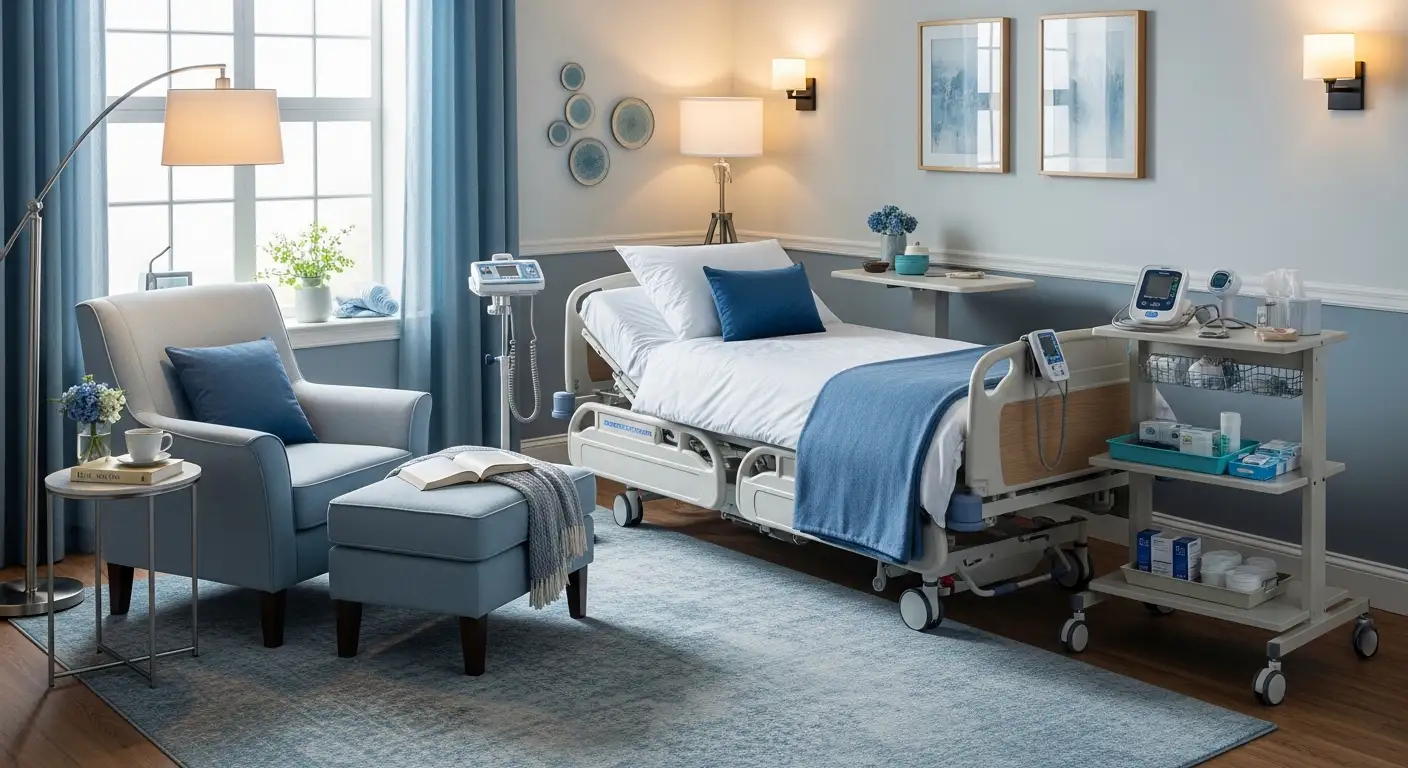Understanding the Evolution of Medicaid Waiver Programs
Medicaid waiver programs have long served as vital lifelines for individuals needing comprehensive in-home care. Recent updates to eligibility criteria and administrative processes represent significant shifts aimed at enhancing service delivery, containing costs, and ensuring appropriate resource allocation. This article explores the latest developments in Medicaid waiver program eligibility, focusing on New York's Long Term Home Health Care Program (LTHHCP) and the Consumer Directed Personal Assistance Program (CDPAP), as well as the implications for recipients and providers.
Core Eligibility Criteria for Medicaid Waiver Programs

What are the basic eligibility criteria for Medicaid waiver programs like LTHHCP?
To qualify for Medicaid waiver programs such as the Long Term Home Health Care Program (LTHHCP), individuals must meet several core requirements. They must be medically eligible for nursing home level of care, which means their health needs are significant enough to require custodial or skilled nursing care typically provided in such settings. Additionally, applicants must be Medicaid eligible to ensure coverage for services under the state's Medicaid program.
A crucial component of eligibility is a strong preference to remain at home rather than enter an institutional setting. This preference is validated through an assessment that confirms their medical and physical needs can be safely and effectively managed in the home environment.
What medical verification is needed?
Physician verification plays a vital role in establishing eligibility. A licensed medical professional must confirm that the individual can safely remain at home given their health status and requires coordinated services combined with case management. This medical input ensures that the waiver services align with the individual's health needs and supports the goal of avoiding premature or unwanted institutionalization.
The coordinated approach includes regular assessments to monitor needs and make adjustments, ensuring care remains appropriate and effective. Together, these eligibility and verification steps facilitate access to vital home care services, supporting Medicaid participants in maintaining their independence and quality of life at home.
Updated Eligibility Requirements Effective September 1, 2025
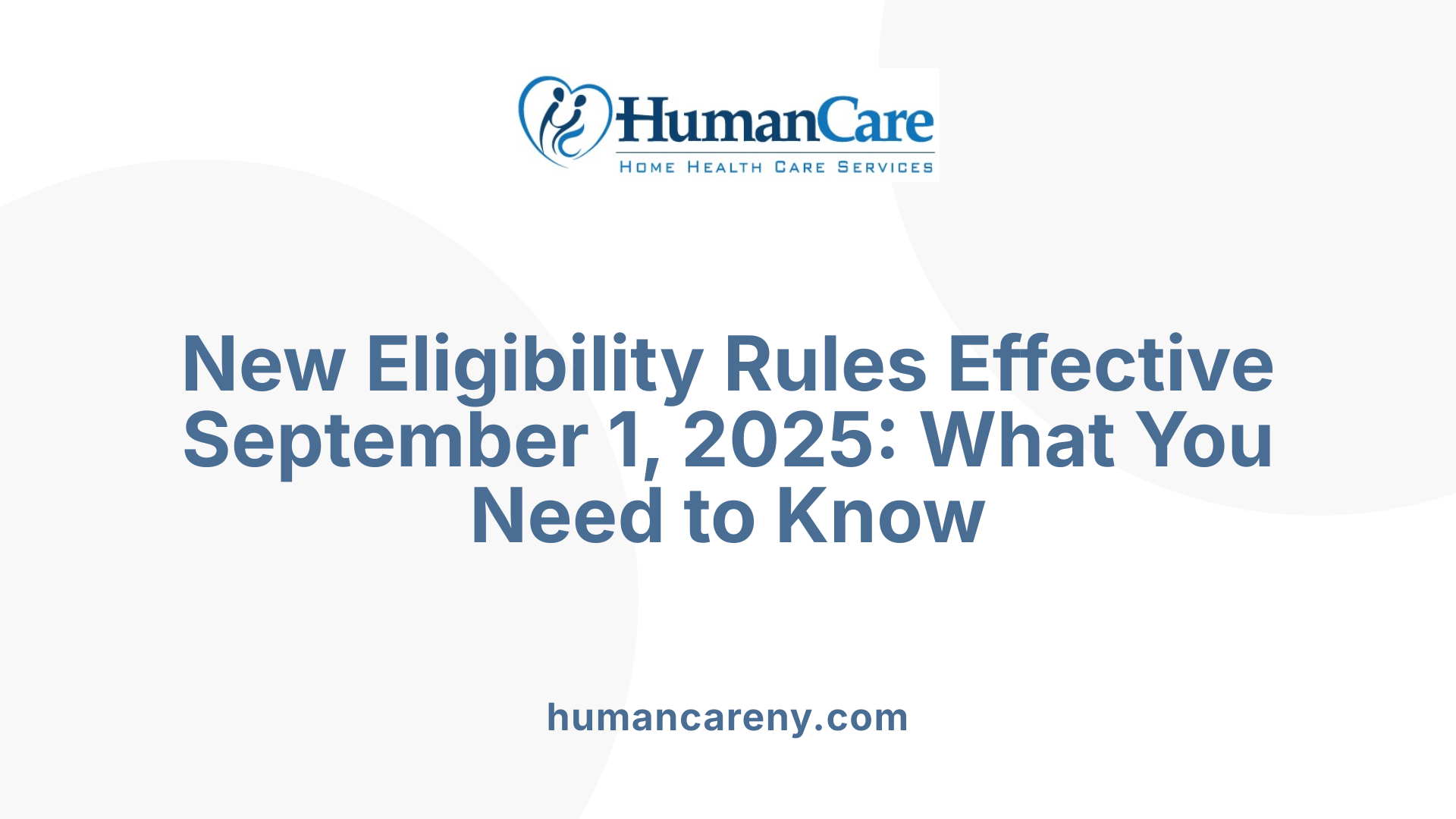
What are the new eligibility criteria changes that took effect September 1, 2025?
Starting September 1, 2025, applicants seeking Medicaid home care benefits must demonstrate a need for assistance with three or more Activities of Daily Living (ADLs). This is an increase from the previous requirement of assistance with at least two ADLs. Activities of Daily Living include vital daily tasks such as bathing, grooming, dressing, walking, transferring, toileting, bed mobility, and eating.
For individuals with dementia or Alzheimer’s disease, eligibility now requires supervisory assistance or cueing with two or more ADLs. This ensures that those needing more oversight continue to qualify for needed care. Additionally, renewal of benefits for dementia and Alzheimer’s patients involves annual physician certification to confirm ongoing care needs.
Are current enrollees affected by these changes?
No, these revised eligibility standards only apply to new applicants after September 1, 2025. Individuals who hold “legacy status” or were already enrolled before this date will maintain their existing benefits under the prior criteria. This distinction safeguards continuity of care for current participants while the updated requirements aim to better target assistance for new applicants.
Together, these changes reflect a tightening of Medicaid home care eligibility to focus resources on those with more significant daily living needs, particularly considering the growing population of individuals with cognitive impairments requiring supervisory support.
Scope of Services Under Medicaid Waiver Programs
What services does the LTHHCP waiver provide?
The Long Term Home Health Care Program (LTHHCP) waiver offers a broad range of services designed to support individuals in their homes and prevent premature institutionalization. Services include nursing care, various therapies, personal care, and respiratory therapy. Additional supports cover medical social services and nutritional counseling to address comprehensive health needs.
Home modifications are provided to enhance safety and accessibility, while respite care offers temporary relief for primary caregivers. Participants also benefit from home-delivered meals, emergency response systems, and assistive technology to promote independence. Community transitional services and home and community support further assist in maintaining quality home life.
What are the service regulations concerning frequency and budgets?
To maintain eligibility in the waiver program, participants must receive at least one waiver service every 30 days. This ensures continuous care and regular monitoring of individuals' needs.
In addition, the cost of services must stay within a budget cap established based on local nursing home rates. This budget constraint helps manage Medicaid expenditures while providing necessary in-home supports. Services are coordinated through case management to ensure resources are effectively allocated and participants' needs are safely met at home.
Coordination and case management
The program mandates physician verification confirming that individuals can safely remain at home with coordinated support. Case managers work closely with participants, providers, and physicians to tailor services, monitor care delivery, and adjust plans within budget limits. This coordination is vital to successfully keep participants at home and avoid unnecessary institutionalization.
CDPAP Program Transition to a Single Fiscal Intermediary
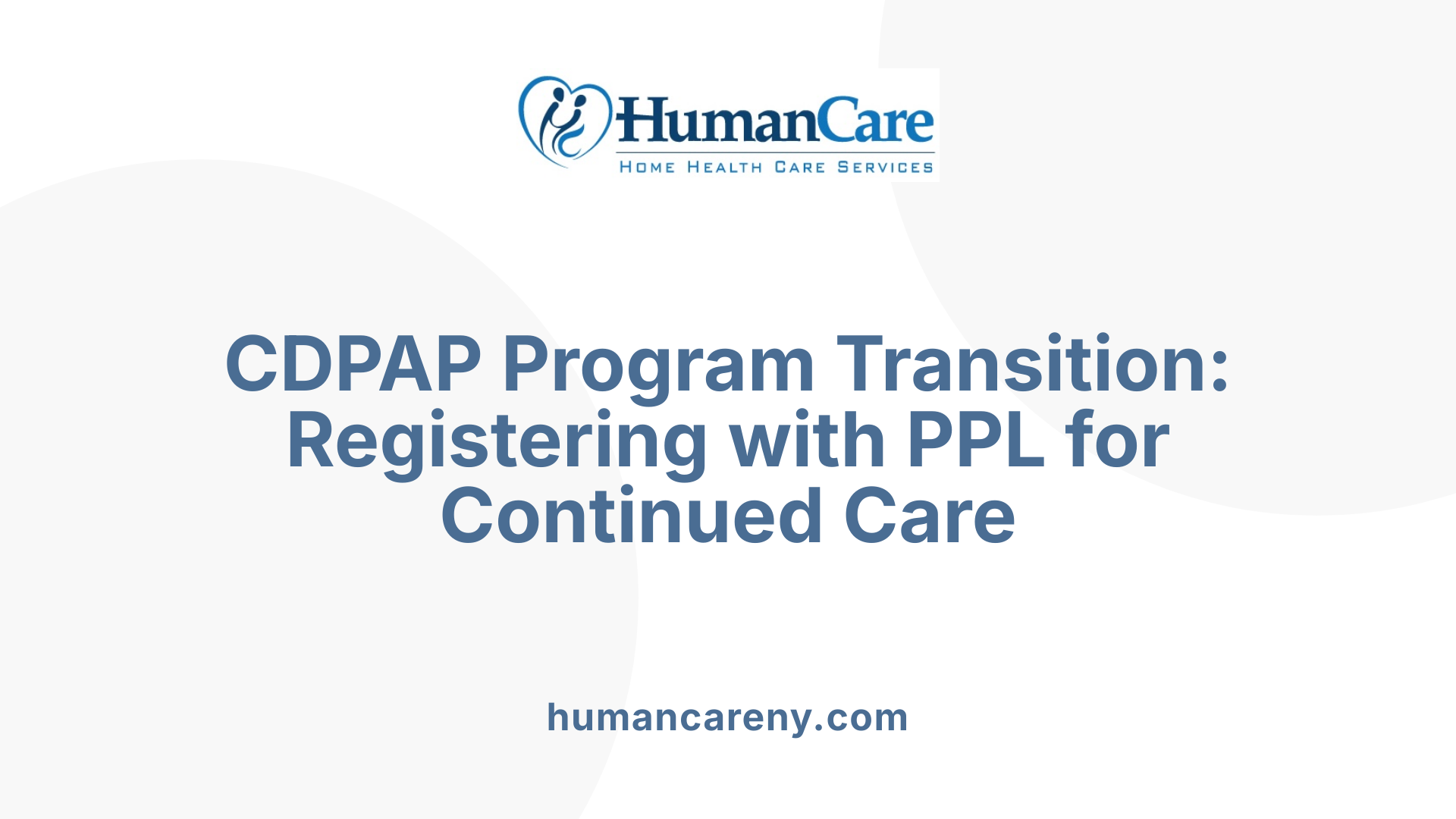
What changes are occurring with the CDPAP program administration?
The Consumer Directed Personal Assistance Program (CDPAP) in New York is undergoing a major administrative change. Medicaid-eligible home care consumers and their providers will now be restricted to using a single Fiscal Intermediary: Public Partnerships, LLC (PPL). This means that all payments, tax withholdings, and employment records for Personal Assistants (PAs) and aides must be processed through PPL. To ensure a smooth transition, all current participants must register with PPL by March 28, 2025.
How can participants register with PPL?
Registration for this new intermediary begins on March 1, 2025. Participants have several ways to register:
- Calling a dedicated support center
- Visiting a designated website managed by PPL
- Working with approved facilitators who assist with the enrollment process This multi-channel approach is designed to make registration accessible and convenient for all consumers.
What is the purpose of this transition?
The shift to a single statewide Fiscal Intermediary aims to avoid lapses in home care services by standardizing the administrative process. It also seeks to control Medicaid costs by streamlining program management and reducing redundancies. This change impacts over 280,000 consumers and is part of a broader effort to improve oversight and efficiency of Medicaid home care programs.
Impact on Providers and Consumers
Personal Assistants currently working with participants can continue their employment if they register with PPL. The program allows consumers to retain their existing PAs, although spouses and certain representatives are ineligible to serve as PAs under CDPAP rules. Consumers keep control over their home care services but must comply with the new single intermediary system.
This consolidated model promises more consistent service quality and simplified payment processing for both providers and consumers, contributing to better care coordination and oversight.
Personal Assistant Eligibility and Restrictions Within CDPAP
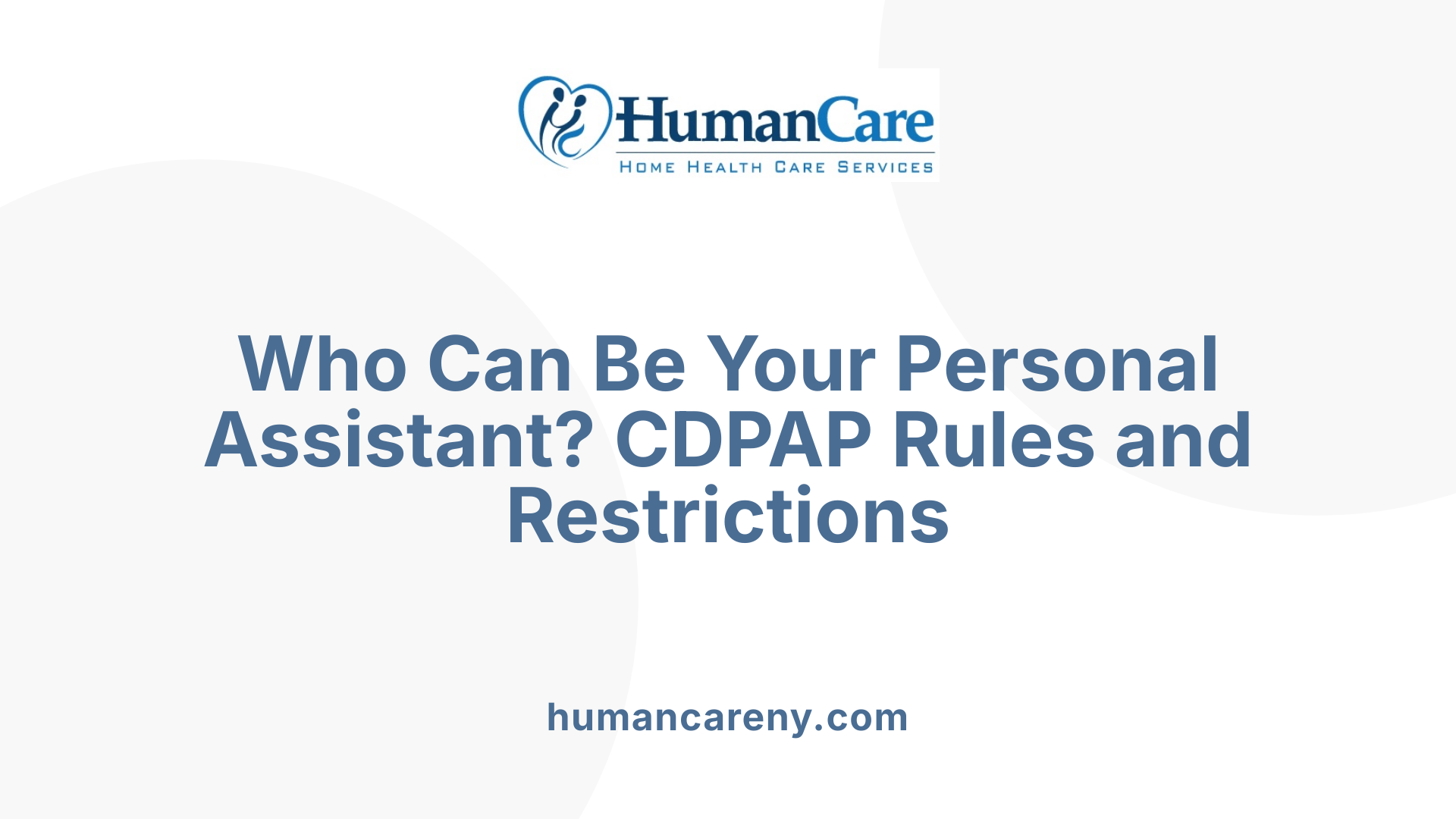
Who can serve as Personal Assistant (PA) under CDPAP?
The Consumer Directed Personal Assistance Program (CDPAP) in New York empowers Medicaid-eligible individuals to hire personal assistants to support their home care needs. Eligible participants can hire family members or independent aides to serve as their PAs. However, there are clear restrictions on who may act as a PA to ensure program integrity and proper care.
Restrictions on family members
Although family members can be hired, spouses are not eligible to serve as personal assistants under CDPAP. Additionally, designated representatives and parents of minors are prohibited from acting as PAs. This maintains boundaries to avoid conflicts of interest or legal complications within the caregiving relationship.
Continuation of current Personal Assistants
For individuals already enrolled in CDPAP, the transition to the new Fiscal Intermediary, Public Partnerships, LLC (PPL), does not prevent them from retaining their existing personal assistants. Current PAs can continue providing care as long as they register with PPL by the deadline, March 28, 2025. This registration ensures uninterrupted service and compliance with program administration standards.
This structured eligibility framework allows consumers significant control over their home care services while safeguarding program rules. It balances flexibility in hiring family or independent aides with restrictions critical to lawful and effective care provision.
Navigating 24-Hour Home Care Through Medicaid Waivers
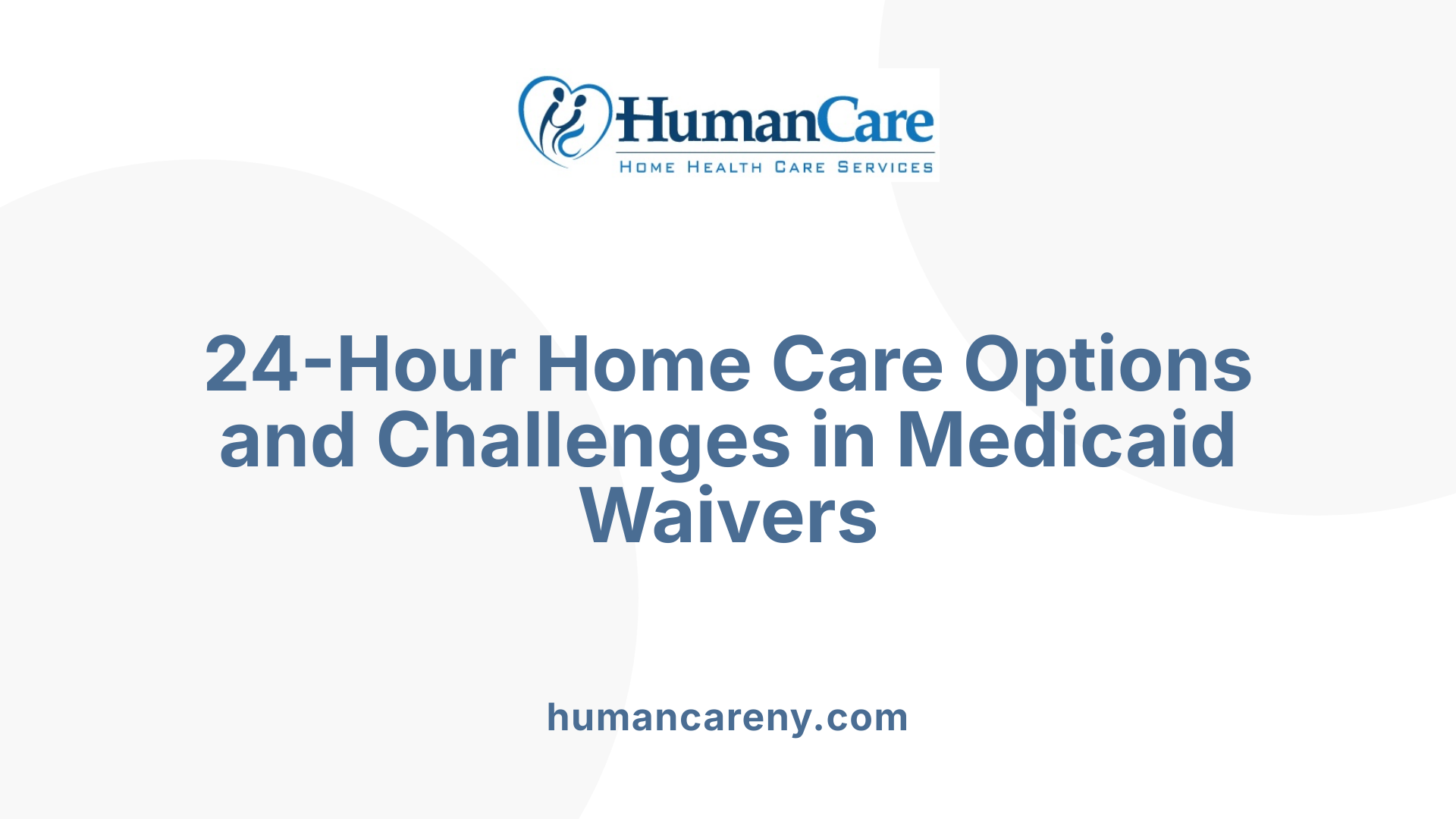
What are the types of 24-hour home care available under Medicaid Waiver Programs?
There are two primary forms of 24-hour home care offered through Medicaid Waiver Programs like the NHTD. The first is split shift care, where two different caregivers cover two 12-hour shifts, effectively providing round-the-clock assistance. The second is live-in care, where a single caregiver stays overnight to maintain continuous support for the individual.
What challenges affect 24-hour care approval and availability?
Since 2011, obtaining approval for split-shift care under Medicaid in New York has become more difficult due to tighter cost reimbursement guidelines. Despite these challenges, 24-hour care options are still accessible, especially through Medicaid Waiver Programs such as the NHTD. Managed Long-Term Care (MLTC) plans and Certified Home Health Agencies (CHHAs) also provide such services, with MLTC plans more frequently offering 24-hour care.
How do patients achieve continuous 24-hour coverage if partial approval is given?
If a patient receives Medicaid approval for less than 24 hours of home care, they often secure the additional time by contracting with home care agencies directly. This arrangement might allow them to pay a reduced daily rate for extra hours, thus maintaining the full 24-hour coverage needed to meet their health and personal care demands.
This approach helps bridge the gap between Medicaid-covered hours and the full scope of care required, ensuring uninterrupted support at home.
| Aspect | Details | Notes |
|---|---|---|
| Types of 24-Hour Care | Split shift (two 12-hour shifts), live-in care (overnight) | Available primarily through Medicaid Waivers |
| Challenges in Approval | Stricter reimbursement rules limit split-shift approvals | 24-hour care remains accessible via NHTD |
| Coordination for Full Care | Contracting additional hours with home care agencies | Allows continuous care beyond Medicaid limits |
Program Integrity, Audits, and Future Medicaid Planning
What vulnerabilities have government audits identified in Medicaid personal care programs?
Government audits have revealed several compliance challenges within Medicaid personal care programs. Key findings include the presence of ineligible beneficiaries receiving services and Medicaid payments that were not in full compliance with program regulations.
These issues were highlighted in multiple audit reports conducted by the Office of Audit Services, such as reports A-02-16-01026 and W-00-20-31035. The audits underscore the need for rigorous oversight to ensure that Medicaid resources support those who truly qualify for personal care assistance.
Has the 30-month look-back period for Medicaid benefits been implemented?
As of now, the 30-month look-back period for Medicaid benefits in New York has not been implemented yet. This means that individuals currently have access to existing Medicaid planning strategies without the requirement of accounting for such a look-back period.
The delay in implementing this provision allows Medicaid recipients and their families to consider long-term care funding options under current regulations, which may be beneficial during transition periods or while awaiting the finalization of new policies.
Implications and Outlook for Medicaid Waiver Program Participants
The recent eligibility updates and administrative changes within Medicaid waiver programs reflect ongoing efforts to balance quality care, cost efficiency, and program integrity. Increased eligibility criteria, streamlined fiscal management through PPL for CDPAP, and clarified service scopes aim to better target resources while preserving choice and care continuity. Although concerns and legal challenges persist, these updates underscore the critical importance of staying informed and engaged for consumers, providers, and advocates navigating the evolving landscape of Medicaid home care services.


